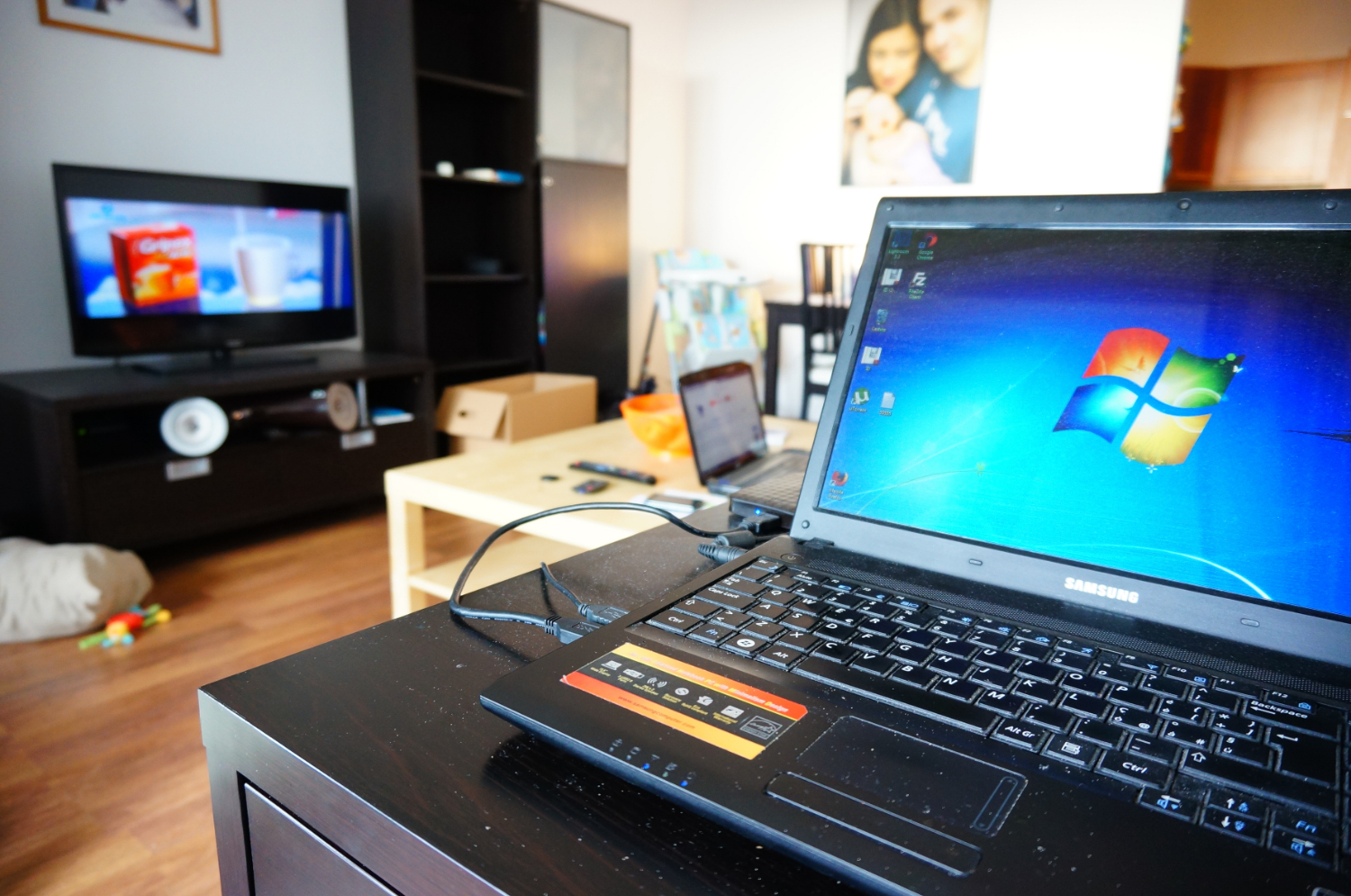Microsoft Is Warning Users of Windows 7's Looming Demise
Update 3/21/19, 8:30 a.m. PT: Microsoft has released an update to Windows 7 Service Pack 1 whose sole purpose is to enable the reminders about the operating system's end of life schedule as outlined in the original article. The update is available via Windows Update, and if automatic updates are enabled, this one will be installed in the background. Because it doesn't require a system restart to be installed, the notification about Windows 7's looming demise will probably be the first indication many Windows 7 users will have that their systems just got one of their last updates.
Original article, 3/13/19, 7:35 a.m. PT:
Microsoft said yesterday that it plans to make sure people know Windows 7 won't receive any updates after January 14, 2020, by repeatedly notifying them of the looming deadline throughout 2019.
Here's how Microsoft's corporate vice president of Windows, Matt Barlow, described the planned notification process in a blog post:
"To help our customers get advanced notice of this change, we are reaching out with information and resources. Beginning next month, if you are a Windows 7 customer, you can expect to see a notification appear on your Windows 7 PC. This is a courtesy reminder that you can expect to see a handful of times in 2019. By starting the reminders now, our hope is that you have time to plan and prepare for this transition. These notifications are designed to help provide information only and if you would prefer not to receive them again, you’ll be able to select an option for 'do not notify me again,' and we will not send you any further reminders."
The notifications will also include a "learn more" button through which Windows 7 users can "learn more about the latest line-up of modern PCs and information for moving from Windows 7 to Windows 10." This information is also available on Microsoft's website.
Microsoft previously said that it would only release updates for Windows 7 to January 2020. Then it will finally be time for people using the operating system to decide if they'll update to Windows 10 or stick with a completely abandoned platform.
Get Tom's Hardware's best news and in-depth reviews, straight to your inbox.
That news was followed by Microsoft ending metadata support for Windows Media Center and Windows Media Player on Windows 7. (And, for Windows Media Center, Windows 8 and 8.1 as well.) The programs simply weren't used often enough to warrant their maintenance.
Microsoft actually stopped updating the base version of Windows 7 in 2013, when it required users to install Windows 7 Service Pack 1. Then it stopped mainstream support for that release in 2015; January 2020 marks the end of Windows 7 SP1's extended support.
That seems like a reasonable length of time to support an operating system. Windows 10 is currently installed on 800 million active devices, too, so it's clear why Microsoft would rather not have to maintain a Windows release from a decade ago.
Oh, and if the cost of Windows 10 is what's holding Windows 7 users back, there are some ways to get the operating system for free. (Or at least under $30.) They should just make sure their hardware can run the operating system first.

Nathaniel Mott is a freelance news and features writer for Tom's Hardware US, covering breaking news, security, and the silliest aspects of the tech industry.
